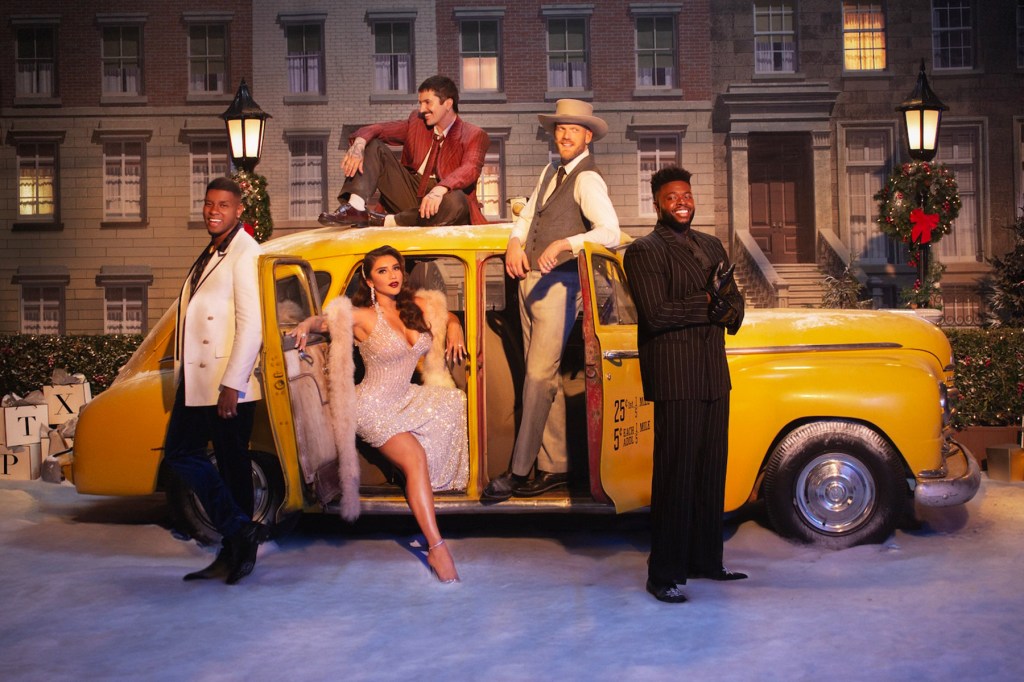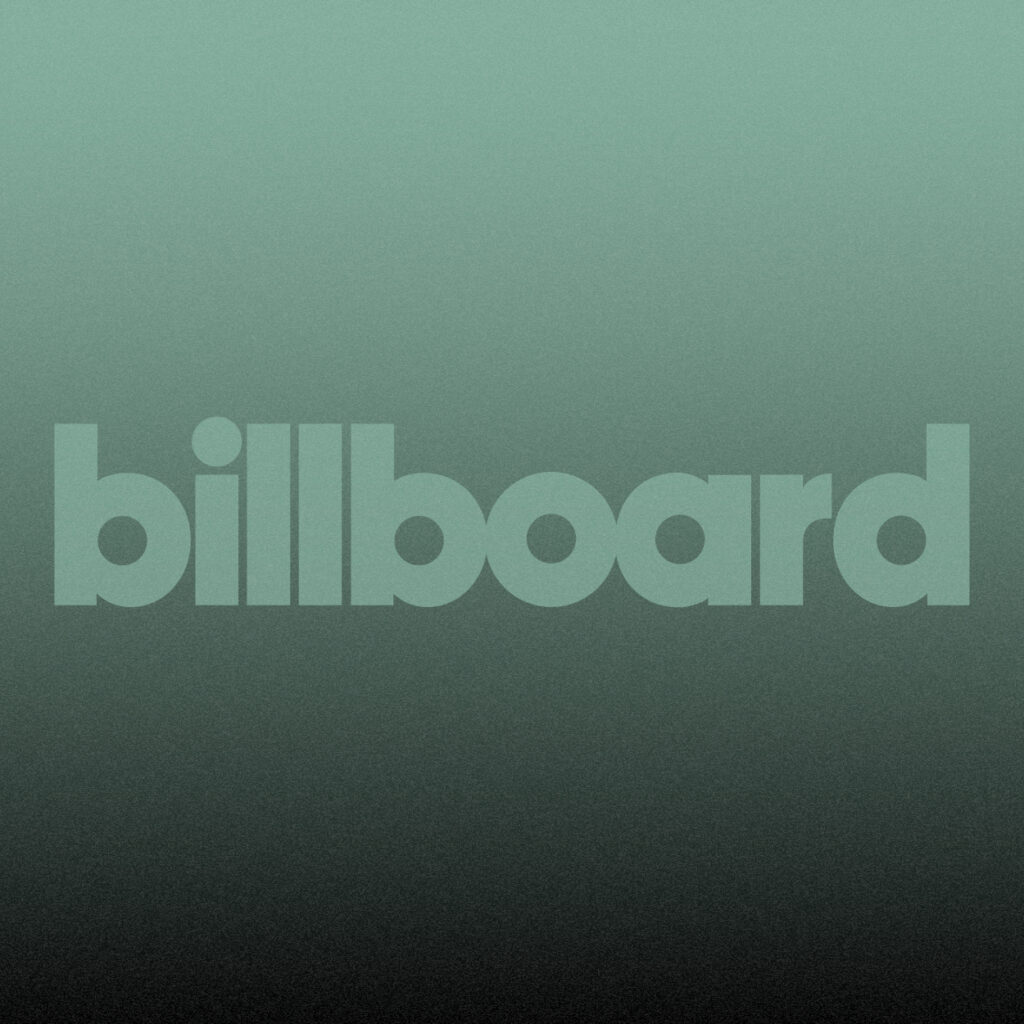Can You Hear Me Now? Why Cell Phone Service Is Improving at Festivals
Written by djfrosty on July 14, 2023

Anyone who has attended a music festival has experienced the frustration of attempting to send and receive calls and texts amid tens of thousands of other phone-wielding fans. Messages often don’t go through, arrive an hour after being sent or show up en masse when the night is over, creating confusion and leaving meet-ups unmet.
Anyone who has attended many of the leading U.S. music festivals over the past few years has likely noticed improvements, however, with cell service approaching real-time efficiency. This isn’t a fluke, but the result of focused improvements in how service is provided both generally and at music-related mass gatherings specifically.
“Frankly, I consider phone conductivity kind of like running water these days. Venues have to have it,” says Matthew Pasco, who as vp of information for the Las Vegas Raiders oversaw construction of the distributed antenna system (DAS) at Allegiant Stadium, which has hosted major tours from Taylor Swift, Metallica, The Rolling Stones and Garth Brooks since opening in summer 2021.
That’s because while cellphones used to just be a way of connecting with (or trying to connect with) friends at shows, they’re now seen as part of the concert and festival experience, with mobile ticketing, venue apps and digital payment systems demanding fully functional coverage. Connectivity also fosters greater safety, allowing fans in need of assistance to dial out during emergencies. Social media is another important consideration, with coverage at events now expected to keep up with the ballooning data demands of TikTok, Instagram and even fans livestreaming entire shows, as has happened recently on tours by Swift and Bruce Springsteen. According to Verizon, at Governors Ball 2022, its subscribers alone used roughly 14.5 terabytes of data, which equates to one person streaming 3 million songs continually for over 10 years. So, too, do fans arrive with phones, Apple Watches and iPads — and the expectation all of them will work.
Until recently, cell coverage has been wonky at big events as the demands of smartphones collided with networks designed before devices burned through so much data. With upwards of 125,000 people squeezed into a square mile (the size of Coachella’s site), all of whom texting and posting simultaneously, carriers — primarily AT&T, Verizon and T-Mobile in the United States — would often overload. Event organizers, who sought to solve this by providing Wi-Fi, found those networks crashed easily due to high volume.
Enter Irvine, Calif.-based tech company MatSing. Founded in 2005, the company builds antennas that, instead of reflecting signals like a traditional antenna, refracts them, creating multiple independent signals beamed in multiple directions. Instead of implementing 10 individual antennas, an event can then employ one MatSing lens antenna that creates 10 separate coverage sectors and allows multiple carriers to utilize it.
“Festivals are the hardest thing to create coverage capacity for,” says MatSing executive vp Leo Matytsine. “That was our best way of getting a foot in the door.”
The first music carrier to use MatSing’s technology at a festival was AT&T at Coachella in 2014. “People actually got connectivity that year,” says Matytsine. “After that, Verizon and T-Mobile saw what was deployed, and it started to snowball because the technology worked.” Indeed, it’s how networks function — or don’t — in high-demand settings like festivals that typically cause carriers to lose subscribers, making performance at mass gatherings crucial to customer retention.
MatSing sells its 150-plus antenna models directly to carriers, and they are now permanently installed at 32 U.S. stadiums, arenas, raceways and venues including the Hollywood Bowl, with temporary deployments at myriad Super Bowls, presidential inaugurations and festivals including South by Southwest, Austin City Limits, Lollapalooza, Outside Lands, New Orleans Jazz & Heritage Festival and Burning Man. The lattermost employs one antenna — incorporated by law enforcement as a safety measure, but which provides many attendees with service — while Coachella uses a few to cover its entire festival grounds. Prices vary depending on size and range from a couple of thousand for smaller models to tens of thousands of dollars for larger ones.
Carriers have also caught up with demand. While companies previously deployed mobile cell towers (along with MatSing tech) at mass gatherings to supplement coverage, Verizon representative Karen Schulz notes that “the network has evolved significantly over the past several years.” Improvements include fiber network expansion, carrier aggregation (which lets data flow freely across multiple spectrum bands) and U.S. deployments of high-speed 5G networks starting around 2019.
Unsurprisingly, venues themselves are now building and retrofitting to suit coverage requirements. Allegiant paid for the venue’s eight-figure DAS to maintain ownership over this asset, which the three major carriers rent out. (“I don’t want to sign away all the plumbing in my building so every time someone flushes the toilet, someone else gets paid,” says Pasco.) This DAS system also utilizes 28 MatSing antennas that hang from the roof around the ring of the stadium and service the 60,000-capacity bowl. (This option was chosen over deploying mini antennas under every seat, an option Los Angeles’ 3-year-old SoFi Stadium went with for its DAS.) At Allegiant, traditional cellular antennas have been installed in walkways, VIP suites and other areas MatSing antenna signals can’t reach. The stadium also offers Wi-Fi that has a 60% to 70% adoption rate among fans.
Some older stadiums and arenas, which are often “cement monstrosities,” says Pasco, “really struggle with deploying premium DAS systems because they don’t have the pathway to run cabling.” When such retrofits happen, they’re often “a little bit ugly,” he says.
However this coverage is implemented, its evolution is fostering increased connectedness among individuals in massive crowds, between attendees and venues themselves and with audiences well outside the confines of a show. This festival season, attendees might not even have to ask, “Hey, U there?”

 State Champ Radio
State Champ Radio 





